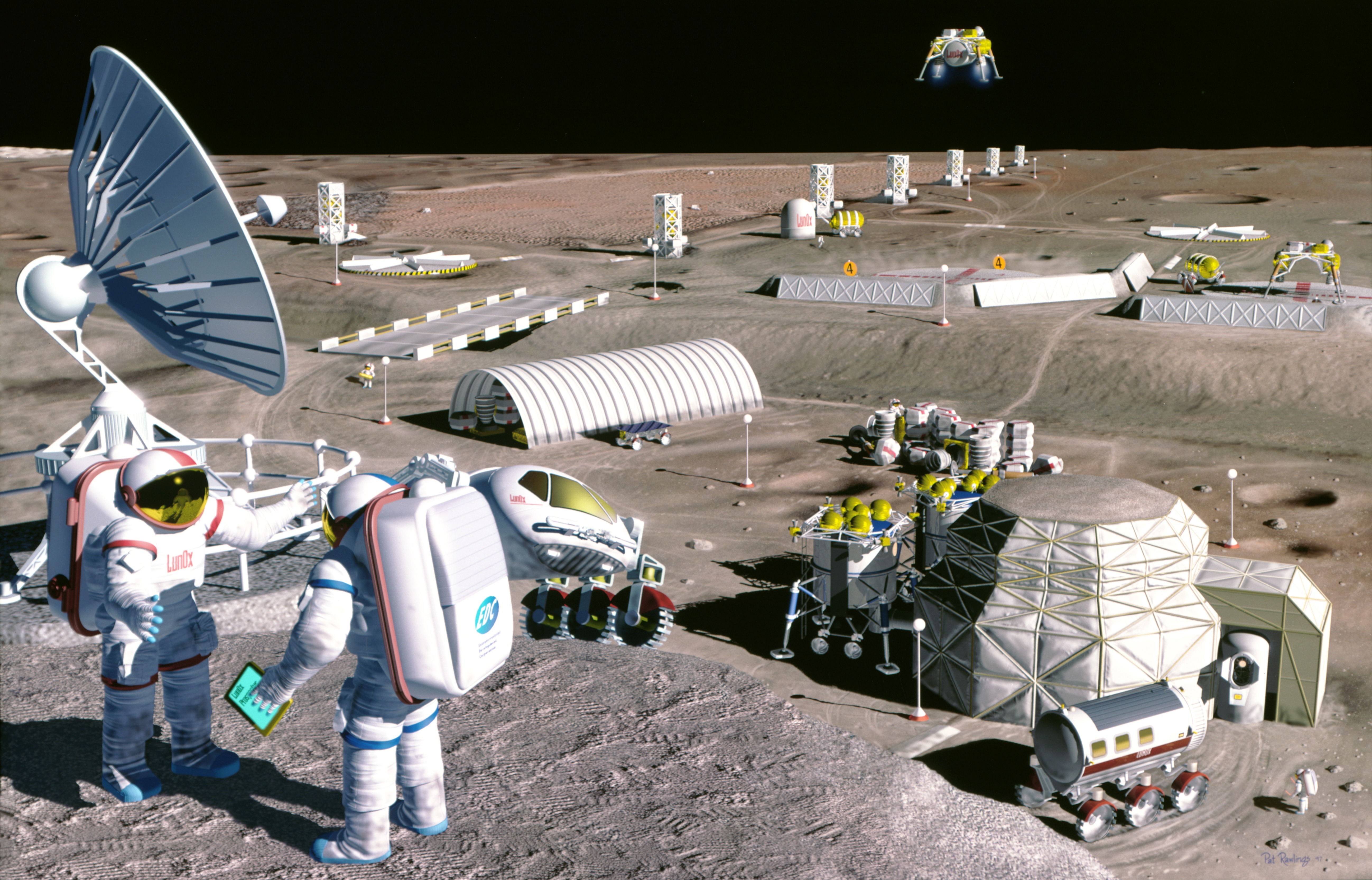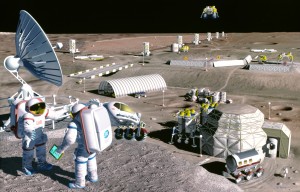
Lunar Mining and the “Industrialization” of Space
A few weeks ago, I wrote a blog on the viability of space-based solar power (SBSP). The idea is that solar panels can be installed in space and they would “beam” the energy generated down to earth to power our homes, businesses and cities. At the height of geosynchronous orbit in outer space, the sun constantly shines, so the power from solar would not be variable, like its terrestrial counterpart. Also, depending on the location of the satellite, the energy could be beamed anywhere on Earth, obviating the need for thousands of miles of transmission lines.
As I noted, this approach would be prohibitively expensive – hundreds of billions to trillions of dollars. While proponents point to the fact that this could earn a profitable return, it would only do so over the course of 30-50 years. With the costs of launching to orbit, upfront costs would be prohibitive, and the payoff too long for most investors.
However, one company hopes to work around these problems. Shackleton Energy wants to lay the groundwork to allow for business opportunities in space to be viable, including space-based solar, tourism, mining, as well as greater space exploration by private companies and governments. I chatted with Jim Keravala, the Chief Operating Officer of Shackleton Energy, and he explained how he believes it would work.
Shackleton Energy would set up a resource extraction facility on the moon. The material that is mined on the moon would then be brought out to the international space station in the orbit around the Earth. The mined materials would include water, oxygen and several precious metals, which he claims are in relative abundance on the moon. Perhaps most importantly, water can be broken down into hydrogen and oxygen – ingredients that can be used to make rocket fuel.
Since gravity is much lower on the moon, it is much cheaper to launch from the moon than it is from the Earth. He believes this would dramatically slash launch costs, down from $10,000 per kilogram of weight, the current estimated cost of launching from Earth to outer space.
In particular, Keravala believes Shackleton Energy can set up fuel depots in space, selling rocket propellant at a much cheaper cost than is available currently. Spaceships could then refuel in space. With this and other commodities mined from the moon, a revenue stream would quickly be created. All the commodities produced would be sold in orbit, not brought back to Earth (which is not cost-effective).
This is an important concept. If commodities can be produced in space at a much cheaper cost, a variety of business opportunities could be opened up – including space-based solar power. Shackleton Energy envisions a sort of “industrialization” of space as a result of their ability to profitably extract resources from the moon.
The one thing that was striking to me was the lack of a legal regime that governs space. Since the inception of space exploration, activities in space have been the purview of national governments. Surely, there had to be international law or at least a permitting regime to begin mining the moon? Keravala says that isn’t really the case. The Outer Space Treaty of 1967 is largely the only legal document that governs outer space. The main provisions of this treaty are that territory cannot be claimed in outer space (no ownership); activities are for peaceful purposes; exploration is open to all countries; and any resources acquired can be sold, but producers cannot discriminate against buyers. In essence, the moon is a frontier open to first comers.
Keravala notes that all of this can be done without a significant role from government. Shackleton Energy is in this to make a return on investment and believes it can turn a profit. They have a business plan with a clear return on investment in mind.
What about a timeframe? Keravala says that they can be up and running by 2020.
The only obstacle at this point is to raise financing. Shackleton Energy estimates it will cost $15-$20 billion and they are currently engaging investors.
It’s hard to say whether or not Shackleton’s plans are realistic. However, they certainly are not lacking in ambition.
To listen to a good radio broadcast by Bill Stone, Chairman of Shackleton Energy, click here.








[…] Lunar Mining and the “Industrialization” of Space […]